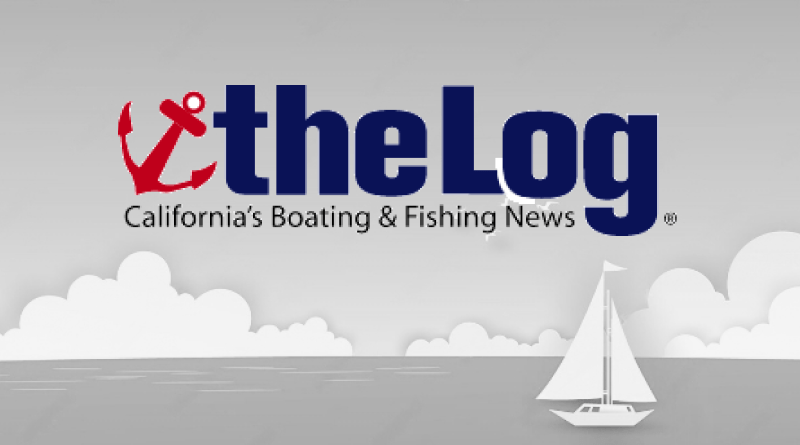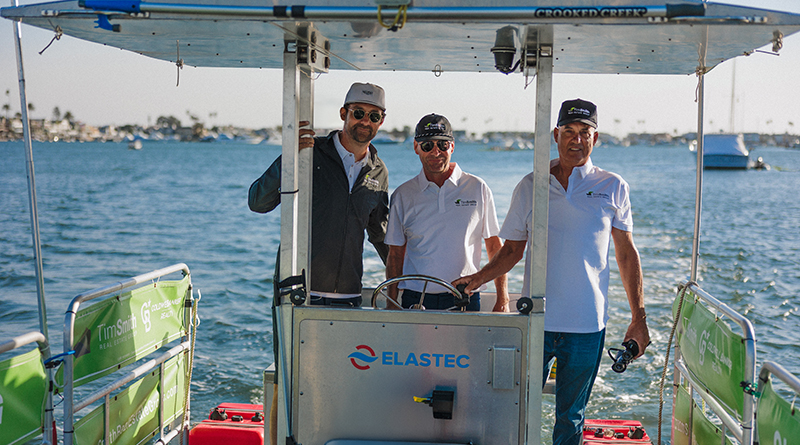 I am chairman of the race committee at a yacht club in California and we have spent a lot of time over the past few months talking about the possible liability of the club in the event of an accident during a race. Most yacht clubs include some kind of waiver in their entry forms, but we have learned that U.S. Sailing frowns upon those types of waivers. To complicate things, some of our members have questioned whether that kind of waiver would be enforceable, while other members contend that all participants in a sport such as yacht racing assume the risk of injury just by their participation in the sport. Can you provide some guidance?
I am chairman of the race committee at a yacht club in California and we have spent a lot of time over the past few months talking about the possible liability of the club in the event of an accident during a race. Most yacht clubs include some kind of waiver in their entry forms, but we have learned that U.S. Sailing frowns upon those types of waivers. To complicate things, some of our members have questioned whether that kind of waiver would be enforceable, while other members contend that all participants in a sport such as yacht racing assume the risk of injury just by their participation in the sport. Can you provide some guidance?

We could spend a semester in a law school class discussing the “Assumption of Risk” doctrine and liability waivers in a maritime context, but we don’t have that kind of time so I’ll try to provide a basic overview in this column.
The “Assumption of Risk” doctrine provides a defense against a lawsuit where the injured party knowingly participated in a dangerous activity, and was injured in a way that he or she could reasonably have expected to have been injured. These cases usually arise in the context of an employment or sporting or recreational activity. So if a lion tamer who is employed by a circus gets bit by a lion, he can’t sue the circus for putting him into the ring with a dangerous lion.
The doctrine sounds simple enough, but application of the doctrine can be complicated when the scope of risk within the activity is ambiguous. For example, looking at our lion tamer, he could have anticipated the risk of a bite from the lion, but what if he was injured instead when the circus tent collapsed? Assumption of the risk does not provide a defense where the injury was outside of the reasonably anticipated risks associated with the activity.
The doctrine will provide a defense in a yacht racing context, as long as the race took place on California waters. And that’s where things really start to get complicated. he defense is available if the race is held on a landlocked lake that is located solely within one state. However, the Assumption of Risk doctrine does not provide a defense if the incident occurred on navigable waters subject to Federal Admiralty Jurisdiction.
Admiralty law (also known as maritime law) has evolved over hundreds of years, and it exists primarily to provide a set of rules for maritime commerce and navigation. It did not evolve to service the needs of the recreational boating community, but we are nonetheless subject to those rules even if their application sometimes leads to an unusual or unfair result. The treatment of the Assumption of Risk doctrine under maritime law provides an example of this anomaly.
Courts have held that a crewmember on a merchant ship cannot be held to have assumed the risk of a particular activity aboard the ship, because he or she is required to obey the reasonable orders of the ship’s officers and crewmembers can’t simply quit or walk away if they don’t want to participate in that activity. That theory may make sense in the context of an injury aboard a merchant ship, but it makes no sense at all in the context of a yacht race. We are nonetheless bound by that rule and a defendant in a lawsuit arising from a yacht race on an ocean, harbor, bay or navigable river cannot absolve itself by asserting that the plaintiff assumed the risk of the activity.
So with that in mind, let’s look instead at written liability waivers. This is where the organizers of a yacht race are actually able to protect themselves from liability. Unlike the Assumption of Risk doctrine, courts have upheld written liability waivers in a recreational maritime context if the language of the waiver is clear, unambiguous and prominently positioned on the document. Courts have distinguished this defense from the Assumption of Risk doctrine because the waiver is a form of contract which can be freely accepted or rejected by the participant before anyone leaves the dock.
An unambiguous and properly worded liability waiver will go a long way toward easing the concerns of our reader and his fellow committee members, but he points out that U.S. Sailing does not encourage the use of these waivers. U.S. Sailing is a Rhode Island based organization that is the national governing body for the sport of sailing in this country. Their responsibilities include the enactment of rules (“prescriptions”) to supplement the international Racing Rules of Sailing for events conducted in the United States. U.S. Sailing prescriptions include Rule 82, which prohibits the use of indemnification or hold harmless agreements unless this rule is prominently waived in the race documents published by the individual race organizers. Rule 82 is a little ambiguous about what is actually prohibited, but Race Organizers should probably include the language to waive the rule if they decide to include a liability waiver in the race documents.
When a party in any endeavor seeks to reduce or eliminate its liability for injury or damage in that endeavor, the party faces a complicated maze of rules and restrictions. This puzzle is considerably more complicated when that endeavor takes place on the water. Written liability waivers require specific language that may not be available through a “copy and paste” exercise from a random document found on the internet. Contact an experienced maritime attorney for help with your particular activity.
David Weil is licensed to practice law in the state of California and, as such, some of the information provided in this column may not be applicable in a jurisdiction outside of California. Please note also that no two legal situations are alike, and it is impossible to provide accurate legal advice without knowing all the facts of a particular situation. Therefore, the information provided in this column should not be regarded as individual legal advice, and readers should not act upon this information without seeking the opinion of an attorney in their home state.
David Weil is the managing attorney at Weil & Associates (weilmaritime.com) in Long Beach. He is an adjunct professor of Admiralty Law at Loyola University Law School, is a member of the Maritime Law Association of the United States and is former legal counsel to the California Yacht Brokers Association. He is also one of a small group of attorneys to be certified as an Admiralty and Maritime Law Specialist by the State Bar of California. If you have a maritime law question for Weil, he can be contacted at 562-438-8149 or at [email protected].
Ask your question online at thelog.com.







